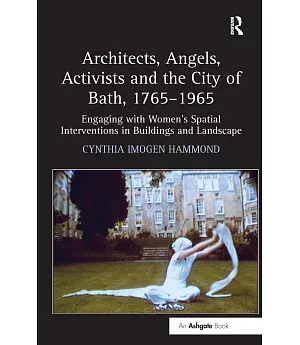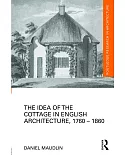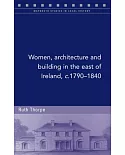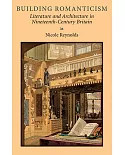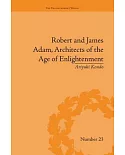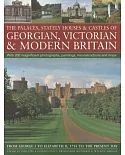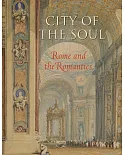Hammond (architectural history, Concordia U., Canada) chose to study Bath, England because of the paradox, she states in her introduction, of its being "...exceptional and representative at the
same time." The city's architecture includes plenty of neoclassical structures as well as some representation of "all of the major architectural movements of the past two and a half centuries.
In addition, Bath has unusually high numbers of women (even when women outnumbered men in most locations), the city's government has made familiar decisions regarding postwar development, and
the city depends on architectural tourism. All of these factors meld with the local--and ubiquitous--general ignorance of women's roles in constructing the built environment, and those
contributions are the heart of this study. Annotation �穢2012 Book News, Inc., Portland, OR (booknews.com)

